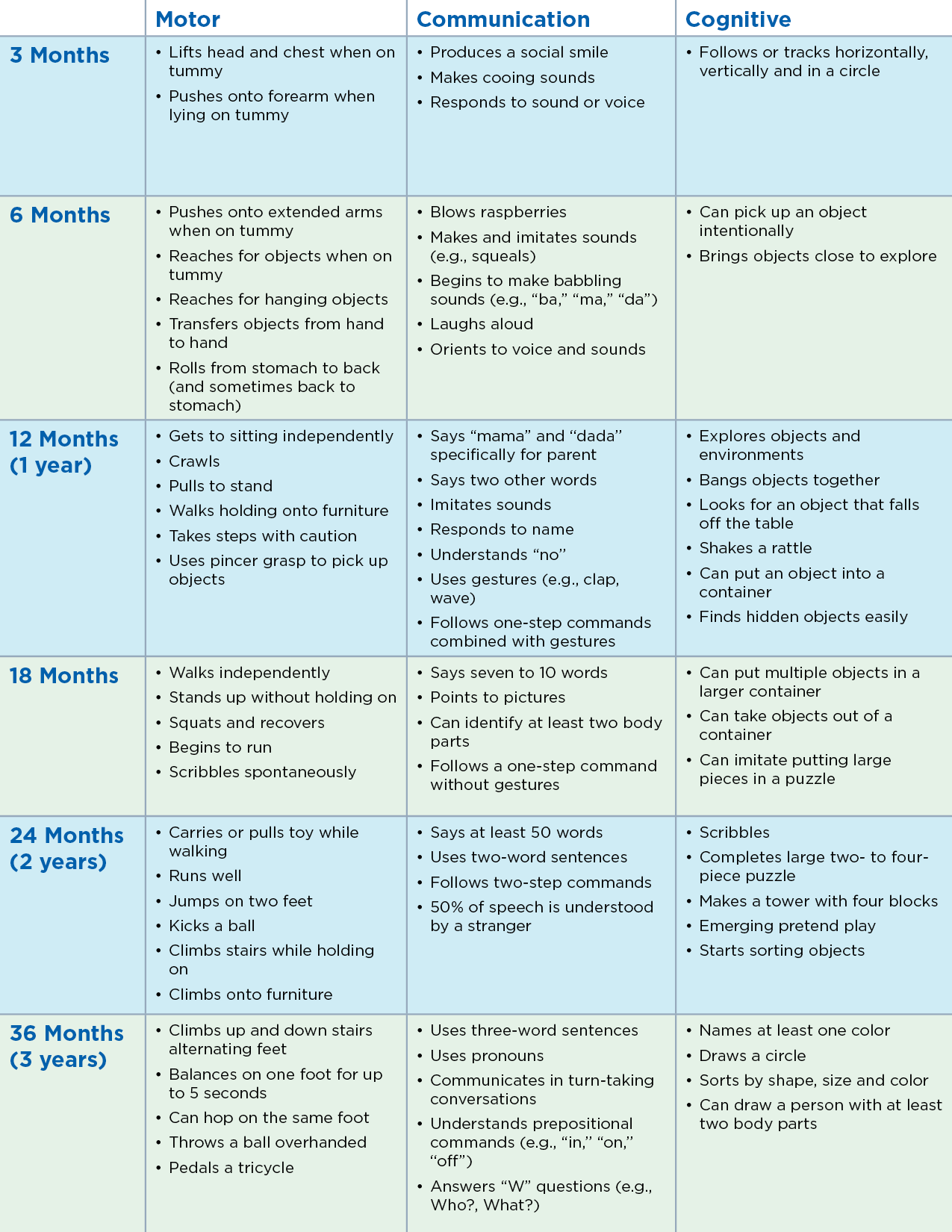Zero to Three
The first three years of life are considered a critical period for early childhood development. During these years, the brain makes significant neural connections as it grows and absorbs the information it receives from the environment through each child’s senses and relationships. The connections impact how a child achieves developmental milestones, learns, and relates with others. Children who are born early, experience challenges at the time of birth or have genetic disorders are at high risk for delays in these areas. Even without these risk factors, it is sometimes difficult to predict a child's developmental outcome. Due to the impact a child’s experience has on their development during this critical period, the developmental-behavioral clinicians at Pediatrix Developmental Medicine of Dallas partner with therapists, schools, and, most importantly, families to intervene early. Early intervention is vital to promoting developmental progress and begins with parents understanding what to expect. We encourage you to explore the below information, recommendations and resources for the first three years of life.



